To make its static content ‘alive & kicking’ for the Millennial generation, radio should invest in online & mobile now, and team up on a worldwide scale.
Social media and mobile apps are great tools, but should be used to send listeners and traffic to radio’s own on air, online & mobile channels. Radio should think (and act) big in several ways: from the standpoint of personal innovation (like creative sites and apps for your own station) and from the idea of creating worldwide development partnerships.
‘Use third-party channels to promote your own channels’
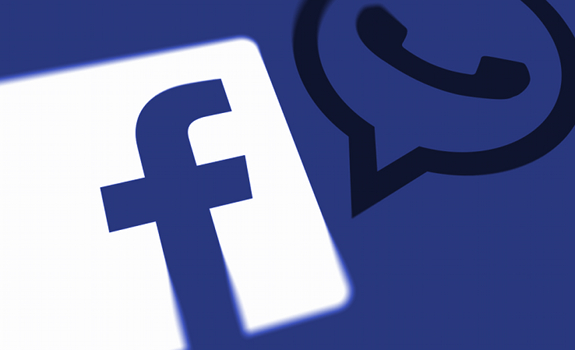
Being popular on external social sites and mobile apps should not be your station’s end goal (image: TechCrunch)
Maintain your station (website)
On radio conferences, there’s much talk about: we have to be on Facebook; we have to be on WhatsApp; we have to be on whatever-is-the-new-shiny-object. But what about the idea to make our radio station, and its self-owned sub platforms interesting in the first place? Especially as rules on, for example, Facebook are made by: Facebook. Our account could be banned when (they feel like) we violate their rules or if they suddenly change the rules. Same with external chat platforms like WhatsApp, owned by Facebook. There are cases of radio stations whose accounts have been banned because broadcasters have allegedly used the messaging service for a commercial purpose, which is not allowed – while WhatsApp can send you ads.
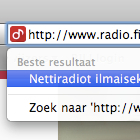 Increase your off-air presence
Increase your off-air presence
A lesson learned from Facebook, WhatsApp & Co. is that as a radio station, company or association, you always want to build and maintain your own popular web site and mobile application, thus using third-party channels to promote your own channels (where you can make your own rules). Consider working together with other broadcasters, like radio stations in Finland are doing successfully.
Engage online & mobile audiences
Driving traffic to your platform depends on great content. Right? We believe it’s about interesting stuff, but also about a good presentation. You always want to showcase your ‘king content’ in an attractive way. Creativity will turn the ordinary into the unique; morph average concepts into engaging pieces that will be good for your image. Let’s look at 2 interesting cases: a website and an app that are doing a bit more than the average. It might give you ideas to engage your own target audience by highlighting your radio station and its content via online & mobile platforms.
‘This 7-day countdown is more than a marathon show’
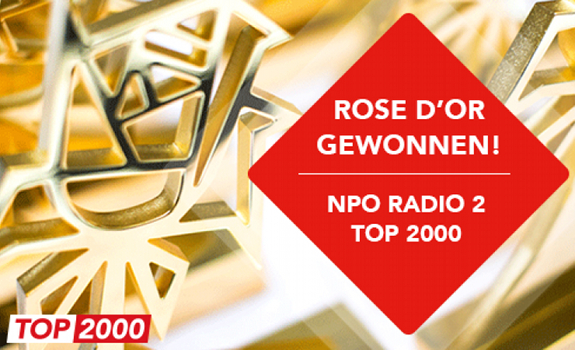
The Top 2000 of NPO Radio 2 has won a Rose d’Or award for the best Radio Entertainment Event (image: NPO)
Expand your success concepts
The NPO Radio 2 Top 2000 is one of the most popular radio events in the Netherlands, playing the 2000 greatest classics of all time, chosen by the audience. Starting on Christmas Day, and culminating on New Year’s Eve with the number 1 song, this 7-day countdown is more than a marathon chart show. The station managed to turn a radio format into a multimedia experience, including a TV show, a concert night, and merchandising. According to Dutch public broadcaster NPO, the 2014 edition reached 11 million people, which is 75% of the population. In 2015, the show won a Rose d’Or Award for the best radio entertainment event. Part of its online presence is a page where listeners can check whether their favorite song has made it to the playlist of this year’s edition:
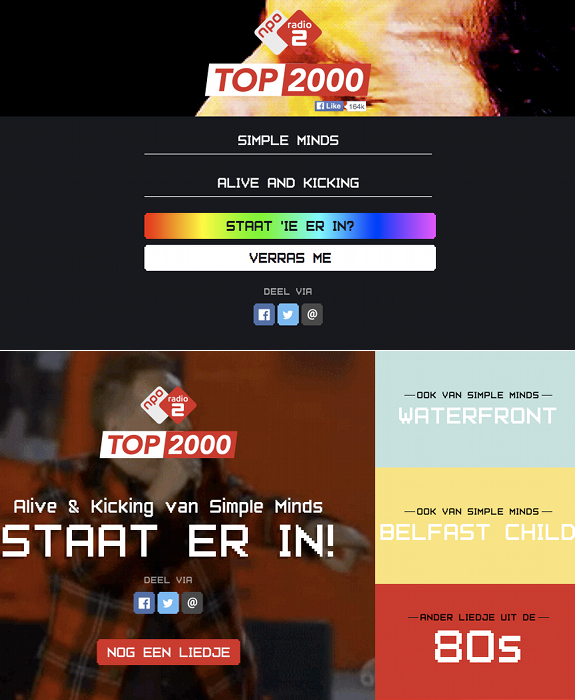
This is the visual for Simple Minds – Alive And Kicking, which is on the playlist for this Top 2000 edition (design: NPO)
Include responsive visual elements
You type in artist & title, and hit ‘Is it in there?’ (the first button). If the song’s on the playlist, you’ll see an animated cartoon picture or a photo slideshow ‘movie’ (matching the artist or keyword you’ve entered). It’s a way to visualize radio in a surprising way. The site will also suggest you to try & test some other songs by the same artist or from the same decade, or to say ‘Surprise me’ (the second button under the artist & title field) and try your luck with a random choice. And with a non-existing artist and title, this happens:
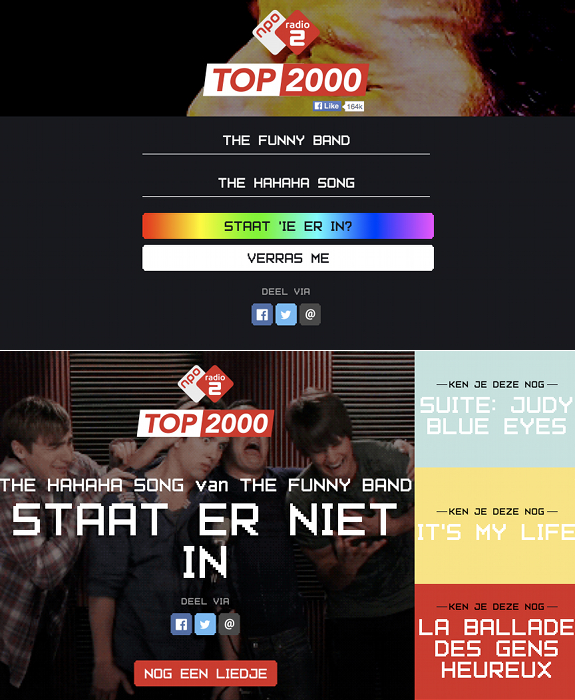
When you type in this (made-up) artist & title on the Top 2000 website, this is the visual it returns (design: NPO)
Produce content interactive & engaging
A next step could be to add sound (from the songs that people enter or ‘just’ from the 2000 songs that are in this year’s edition), and to show on what day & time the (included) song has been scheduled to play, but in any case it’s a playful and engaging way of using digital technology to enhance analog broadcasting. Radio should be interactive and engaging – not just on air, but also online and ‘on app’. Speaking of apps, let’s now look at a creative mobile application for radio stations:
‘Radio on demand becomes a personal experience’
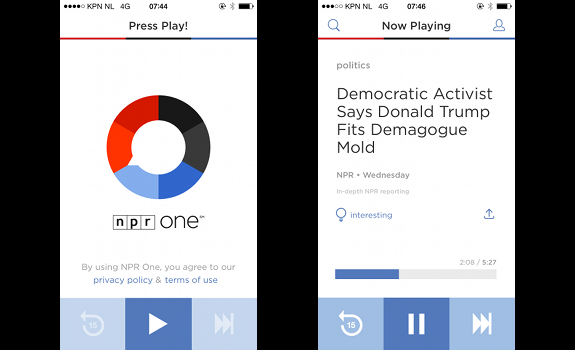
NPR One lets (profiled) users quickly find & audition (personalized) radio content on demand (design: NPR)
Make content likeable & shareable
US National Public Radio offers a personalized mix of news and content (collected from their national hub and local stations) on one mobile app, NPR One: Public Radio Made Personal. A user can scroll through stories, pause them, or skip back and forward, with a single swipe or tap. A producer can let people ‘like’ stories, share content with friends, and add topics to profiles. With enough users ‘apped in’ (we would say, instead of ‘tuned in’), NPR could have a ‘live focus group’ to see in real time how certain listeners respond to certain stories! Radio on demand becomes a personal experience, as logged-in users can choose to just hear stories that they’re interested in, and to not be exposed to the same story twice:
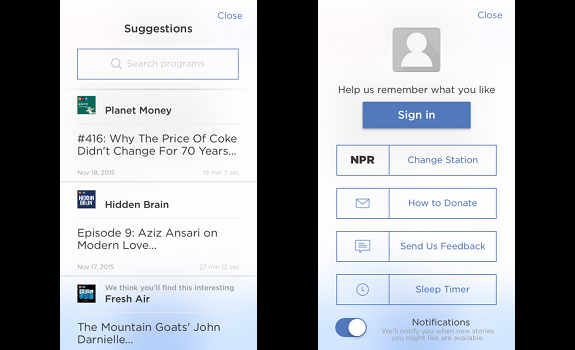
Profile-based content suggestions turn NPR One into an individual, on demand ‘radio station’ (design: NPR)
Build independent, radio-owned platforms
Conclusion: there’s a lot of innovation in radio, but how big is it? A lot has changed since the Simple Minds had a hit with Alive and Kicking; this is not 1985, and TV is not the only direct competitor of radio anymore. So why are the Facebooks and WhatsApps of this world owned by… Facebook and WhatsApp, and not by radio, like an international foundation of radio broadcasters for technical innovation? Leading stations from all over the world should combine resources to develop radio’s own mass platforms as an alternative to external social media and mobile apps. Apart from being independent promotion tools for radio, these platforms can be additional revenue sources for radio, too – controlled by radio; not by third parties.
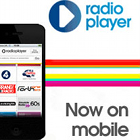 Create worldwide R&D partnerships
Create worldwide R&D partnerships
Radioplayer is a solid case of a distribution-based collaboration; Radio Everyone of a content-based alliance. And NPR One basically does both. Taking radio to the next level, however, depends on a joint effort of multiple innovators. To make its static content alive and kicking for the Millennial media generation, radio stations should invest in online & mobile, and team up on a worldwide scale. Radio needs to think & act big. The time for it is now.





Add Your Comment